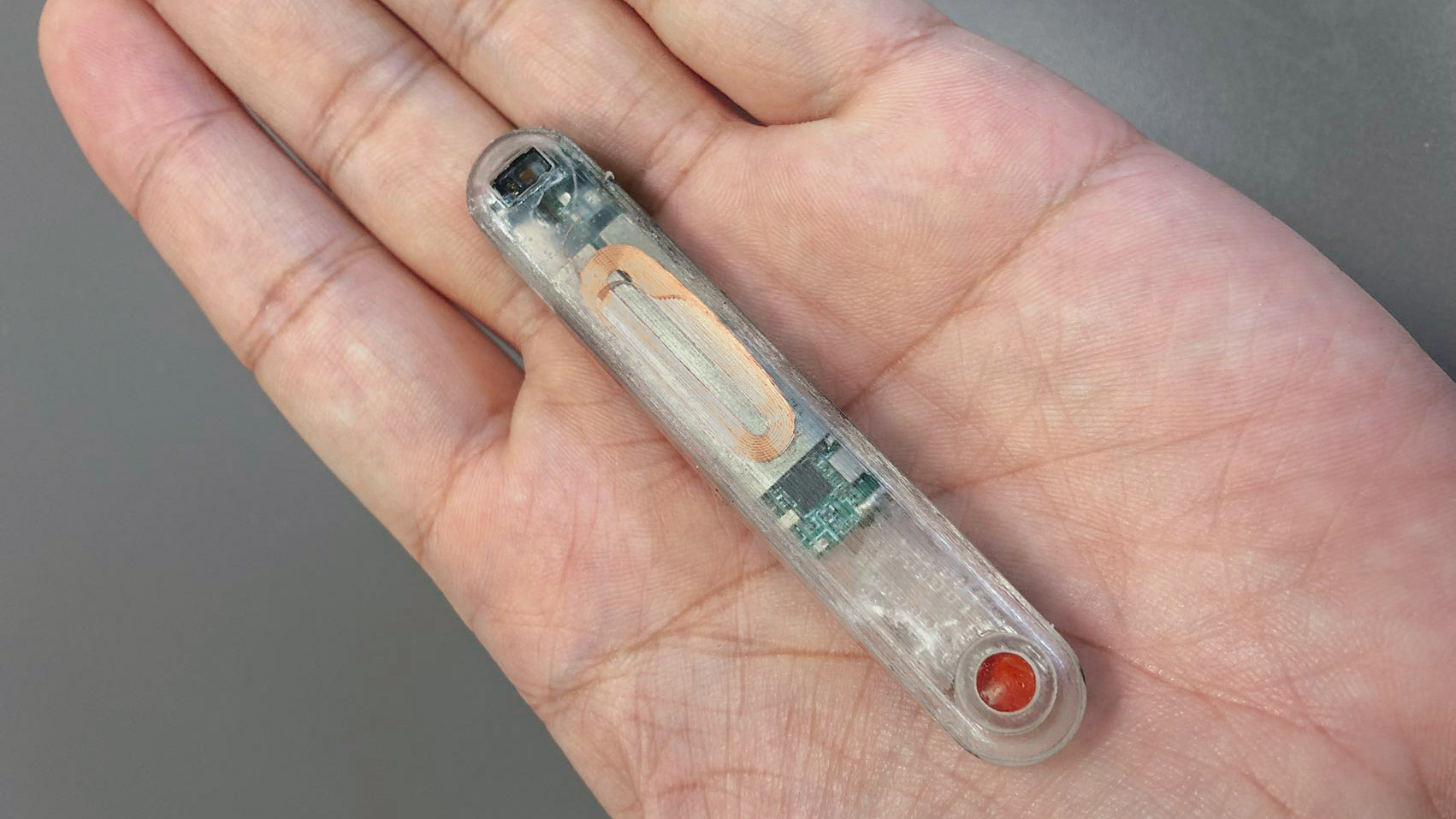An implantable sensor could prevent opioid deaths
The new device monitors vital signs to detect an overdose and then rapidly releases naloxone to counteract it.

The most effective way to prevent death when someone has overdosed on opioids is to administer a drug called naloxone: It binds to opioid receptors, sometimes restoring normal breathing in minutes. But people often don’t receive it in time if at all, especially if they overdose while they are alone.
Now mechanical engineer Giovanni Traverso and colleagues at MIT and Brigham and Women’s Hospital have developed an implant that can inject naloxone into the subcutaneous tissue when it finds that an overdose has occurred. In a study, the researchers showed that the device reversed overdoses in animals 96% of the time. They hope it could ultimately save lives in high-risk populations, such as people who have already survived an overdose.
The device includes a reservoir that can hold up to 10 milligrams of naloxone, along with sensors that can detect heart rate, breathing rate, blood pressure, and oxygen saturation. After measuring these signals in animals during an overdose of fentanyl, the researchers developed an algorithm that can spot an overdose and calculate when to release the drug. A key advantage over wearable sensors some others have tried to develop is that people don’t have to remember to wear it.
“The most challenging aspect of developing an engineering solution to prevent overdose mortality is simultaneously addressing patient adherence and willingness to adopt new technology, combating stigma, minimizing false positive detections, and ensuring the rapid delivery of antidotes,” says the paper’s lead author, Hen-Wei Huang, a former MIT visiting scientist and an assistant professor of electrical and electronic engineering at Nanyang Technological University in Singapore. “Our proposed solution tackles these unmet needs.”
The researchers hope to test the device in humans within three to five years. They are now working on miniaturizing it further and optimizing the onboard battery, which currently can provide power for about two weeks.
Keep Reading
Most Popular
People are using Google study software to make AI podcasts—and they’re weird and amazing
NotebookLM is a surprise hit. Here are some of the ways people are using it.
This AI-generated version of Minecraft may represent the future of real-time video generation
The game was created from clips and keyboard inputs alone, as a demo for real-time interactive video generation.
Why AI could eat quantum computing’s lunch
Rapid advances in applying artificial intelligence to simulations in physics and chemistry have some people questioning whether we will even need quantum computers at all.
AI can now create a replica of your personality
A two-hour interview is enough to accurately capture your values and preferences, according to new research from Stanford and Google DeepMind.
Stay connected
Get the latest updates from
MIT Technology Review
Discover special offers, top stories, upcoming events, and more.